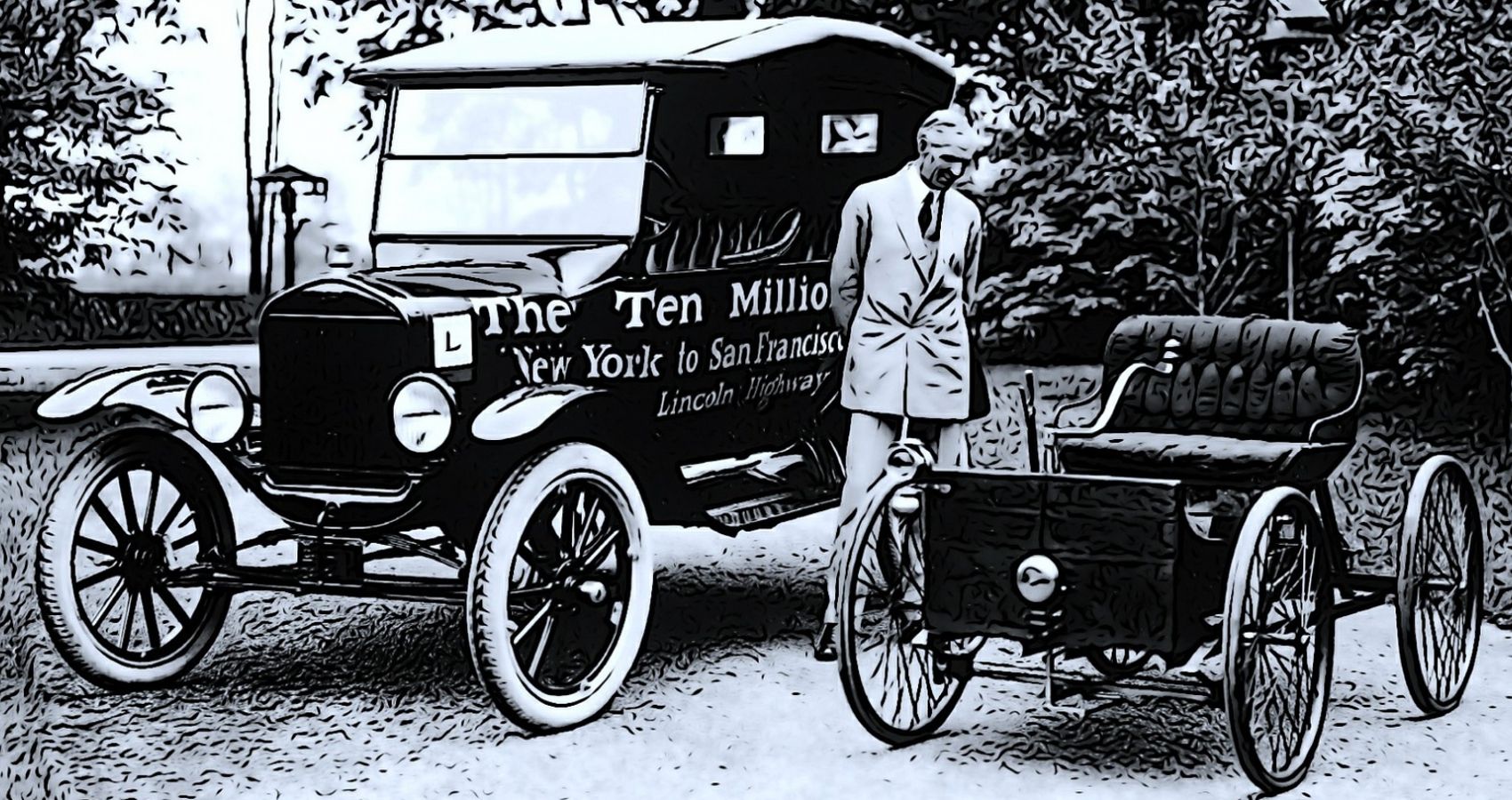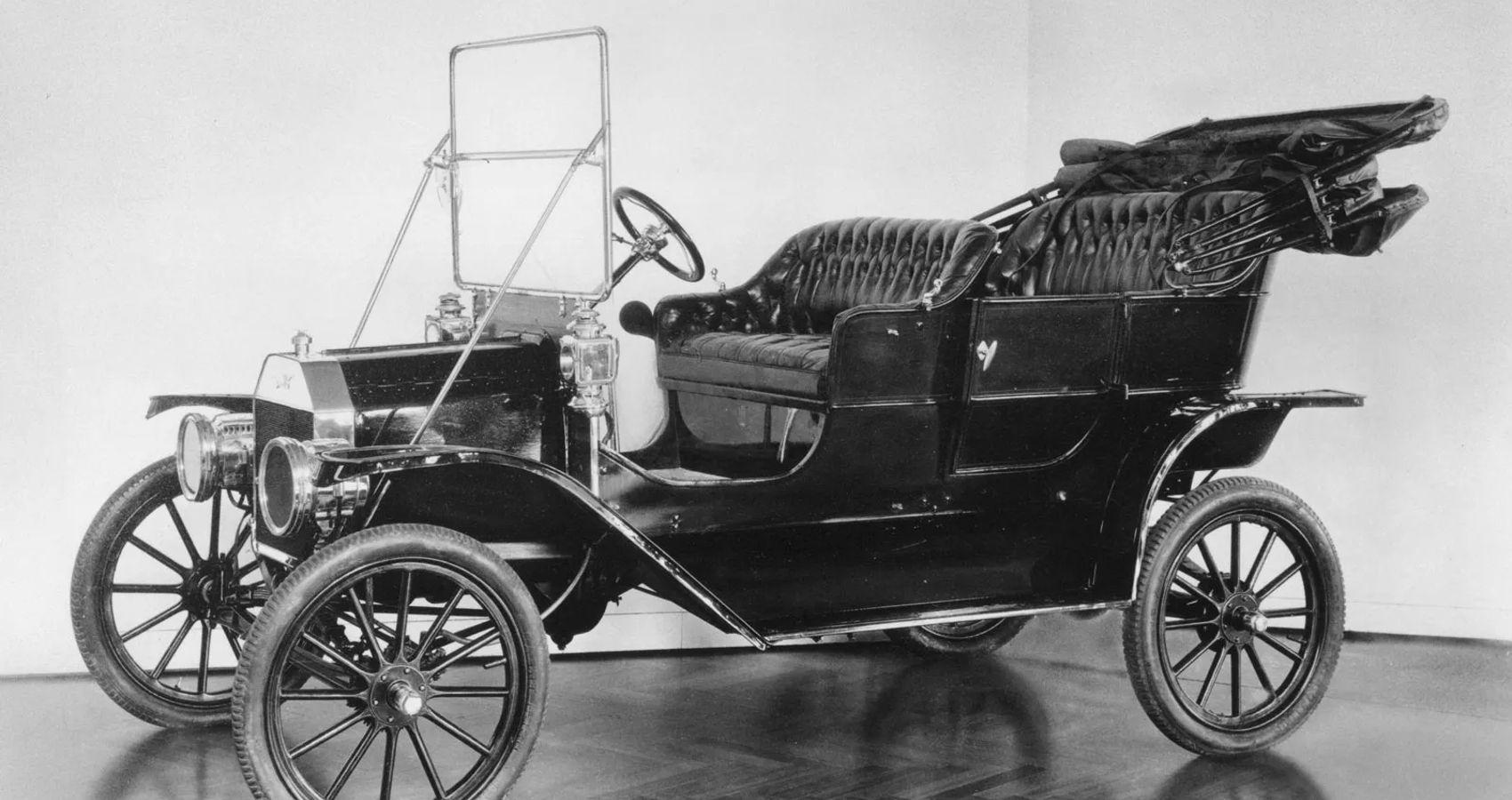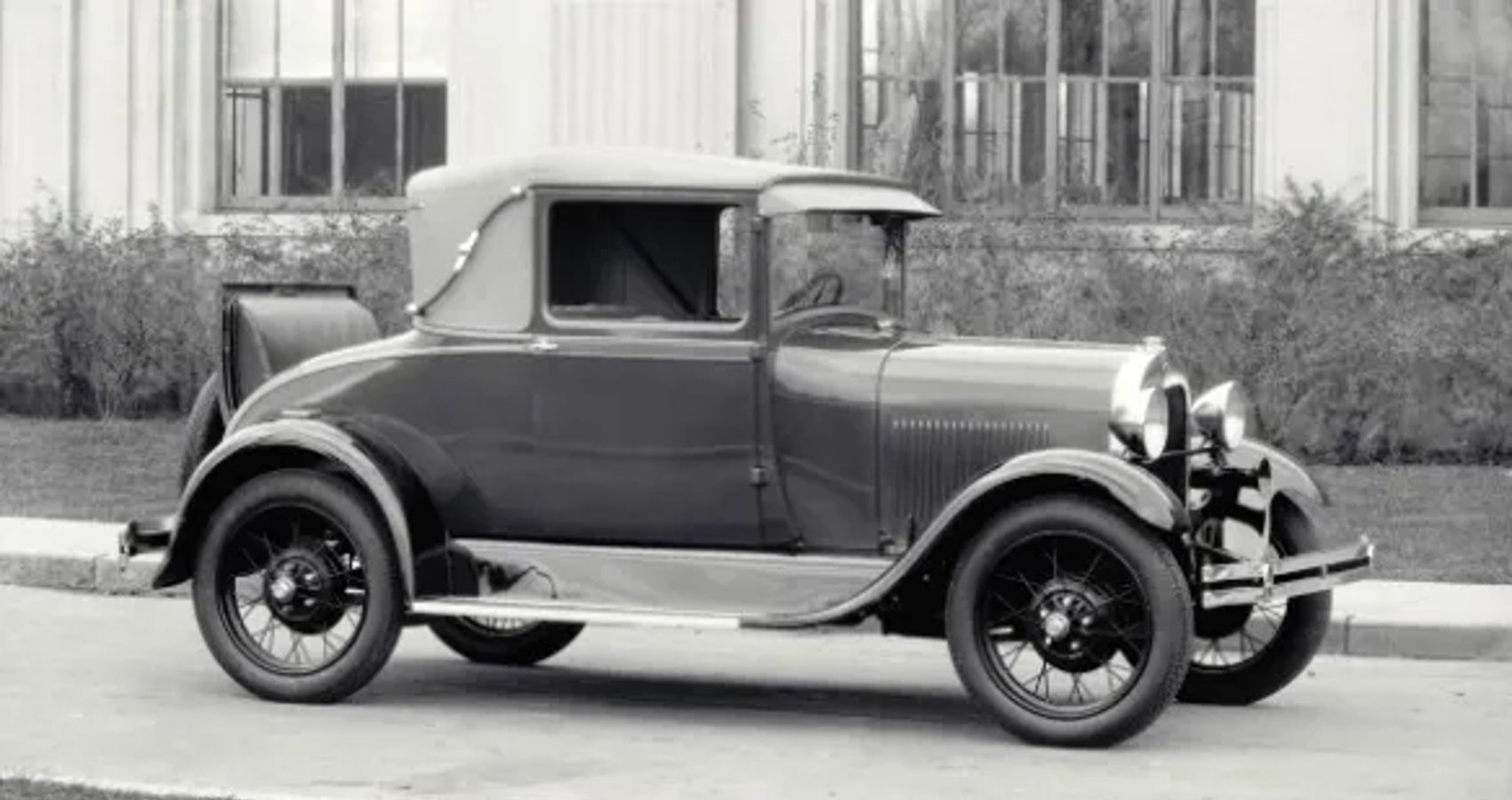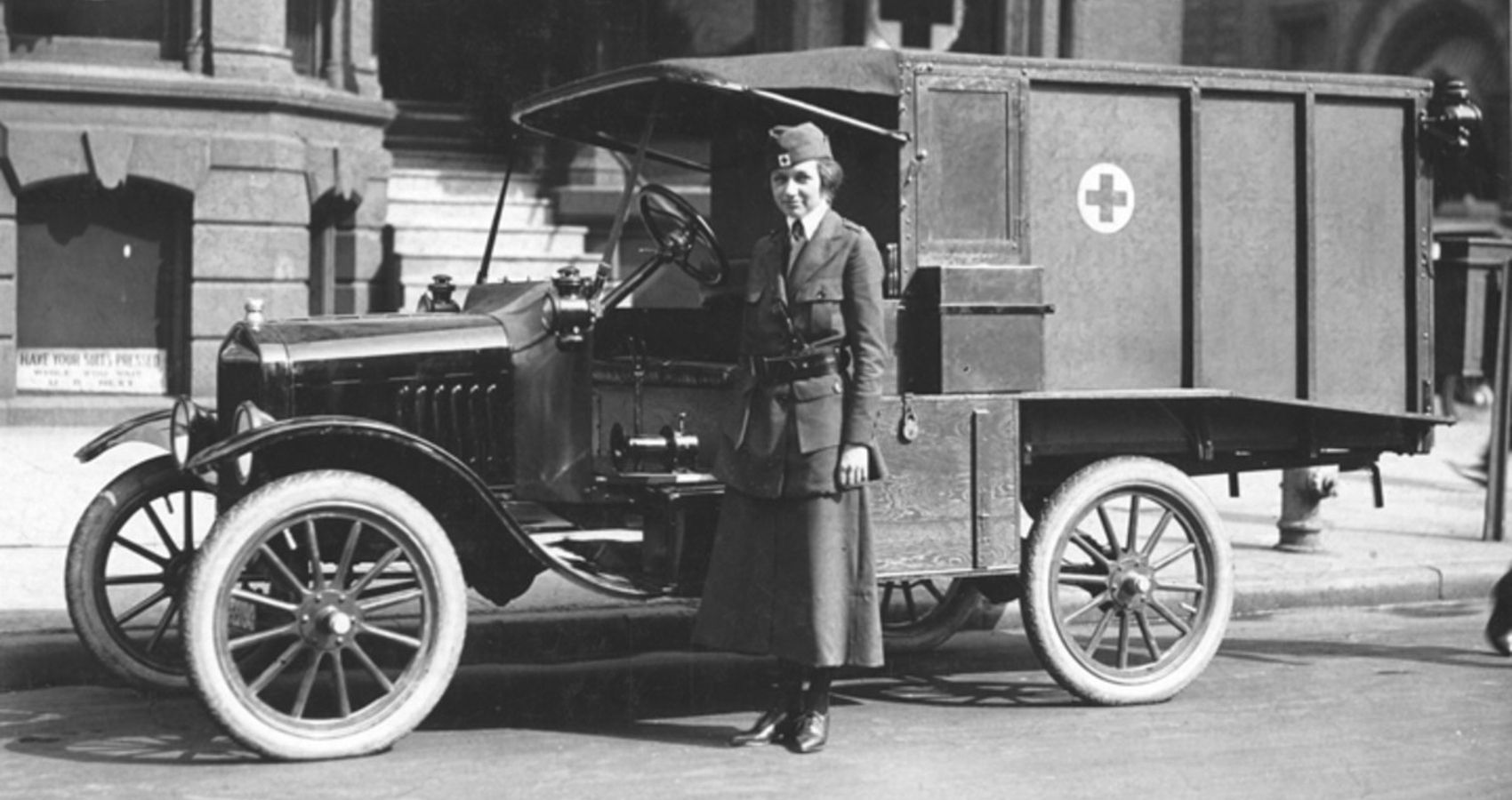Whether you’re a loyal owner of one, or admire the work they do, you’ll probably be familiar with Ford – the second largest family-controlled company in the world. The Ford family have controlled the company since it was founded, over 110 years ago, and amazingly, they manufactured the only car Jim Morrison ever owned, a 1967 Shelby GT 500.
Ford did not only transform the automobile, but the working life and the role of transportation that we know and love today. Impressively, Ford was one of the very few companies to survive two world wars and the Great Depression. How did they do it? Let’s delve into the impressive history of this monstrous brand and explore the legacy they have created.
Ford Is The Second Largest Family-Controlled Company In The World
Henry Ford, the founder of Ford, designed his first car in 1896 and named it the quadricycle. Ford’s very first venture into car manufacturing was the Detroit Automobile Company, which was later reorganized in 1901 under the name Henry Ford Company. Jump forward a year to 1902, Henry suddenly fell out with his financial backers and deserted the company with the rights to his name and just $900 (which was probably quite a lot of money at the time).
After this venture was quickly over, Henry Ford turned to his friend Alexander Malcomson to finance another automobile company. Malcomson jumped at the opportunity and so ‘Ford and Malcomson’ was created. It didn’t take long for money to start running low, which is when Alexander turned to his uncle, John Gray, who was head of the German-American savings bank. Gray suggested incorporating Ford and Malcomson’s company and bringing in new investors – in the hope that they had deep pockets. This resulted in Ford and Malcomson gaining 12 investors, who owned 100 shares in total.
The automotive company became instantly profitable, and business was good. Maybe you thought this was the perfect start for the multi-billion-dollar company, but this wasn’t the end of the story. Internal frictions began when Ford and Malcomson fought over the future of the company, and Malcomson was banished from the organization after Gray sided with Ford. Malcomson sold his shares to Ford, and after Gray's sudden death in 1906, Ford took over the role of president of the company. And so Ford Motor Company began – not quite the one for a smooth sailing beginning.
The First Ford Car Was Known As The Ford Model A
1903 saw the very first Ford produced car, known as The Ford Model A, and for a while, Ford motors were named in chronological order – no fancy names here just yet! Travelling down the line a little, the Ford Model K was the company’s first six-cylinder model and was referred to as the ‘gentleman’s roadster’ and was leaving the showroom at a considerably higher price than other competing models at the time.
The Model K was sold to enthusiastic buyers for $2800, compared to the Enger 40 which pottered out of the salesroom at $2,000. The Model T was produced, and this was about the time that a few cars a day were being produced at a rented factory in Detroit. Just over 10,000 Model T’s were produced, and because demand for this model was so high, the company moved production to a larger site in 1910. Skip forward 1913 and Ford had a rather efficient production line in motion.
The company had slashed its production time down from 12 ½ hours, to 2 hours and 40 minutes, and then further again, to 1 hour 33 minutes. A successful advertisement campaign increased sales by promising profit-sharing if sales hit 300,000, helping rocket sales up to 501,462, and in 1920, production would exceed one million each year.
Ford Survived WW1, WW2, And The Great Depression
World War 1 was a tremendous tragedy for all, car manufactures were impacted, and Ford was no different. During 1915, Ford went on a peace mission throughout Europe in the attempt to stop World War One. Although Henry was a pacifist, he did eventually support the war effort, with the Model T becoming the motor that influenced the Ford M1918 tank and the 1916 ambulance.
It seemed to be one misery after another when the Wall Street Crash hit, and the Great Depression began. Like all businesses at the time, Ford were forced to lay off workers and scale back production. In response to this, the Ford Hunger March commenced. A huge group of around 3,000 to 5,000 angry unemployed people marched to Ford’s depot, and unfortunately the protests turned ugly. Police used tear gas and sprayed freezing water from fire engines before the depot’s security guards ended up firing at unarmed protestors. This was a great tragedy in Fords history, with four men being killed, a fifth died in hospital, and around 60 further men suffered serious injuries.
As if that wasn’t enough misery, World War 2 hit. During this war, many foreign-owned factories were taken over by the Nazi government, including Ford. Ford kept 52% of his ownership but was refused control and did not gain any earnings the company made. Pearl Harbour led to Ford Motor Company aiding war efforts, by producing 390,000 trucks and tanks, 27,000 engines, 270,000 Jeeps and thousands of parts and tools. Once the war had ended, Ford was able to regain control over his company, with the Nazi-era managers keeping their jobs within the company, who went on to build a new factory within the UK.
Fords Successes Could Now Thrive
Leaving its difficult past well behind them, Ford were able to grow and become one of the most successful companies in the world. Ford Motor Company went on to found some of the most popular motors that we see on our roads today, such as the Ford Fiesta, Mondeo, Focus, and Mustang.
Despite its troubled past, Ford pushed through and triumphed, and still continues to be a successful motoring company today.
Sources: Ford Motor Company





